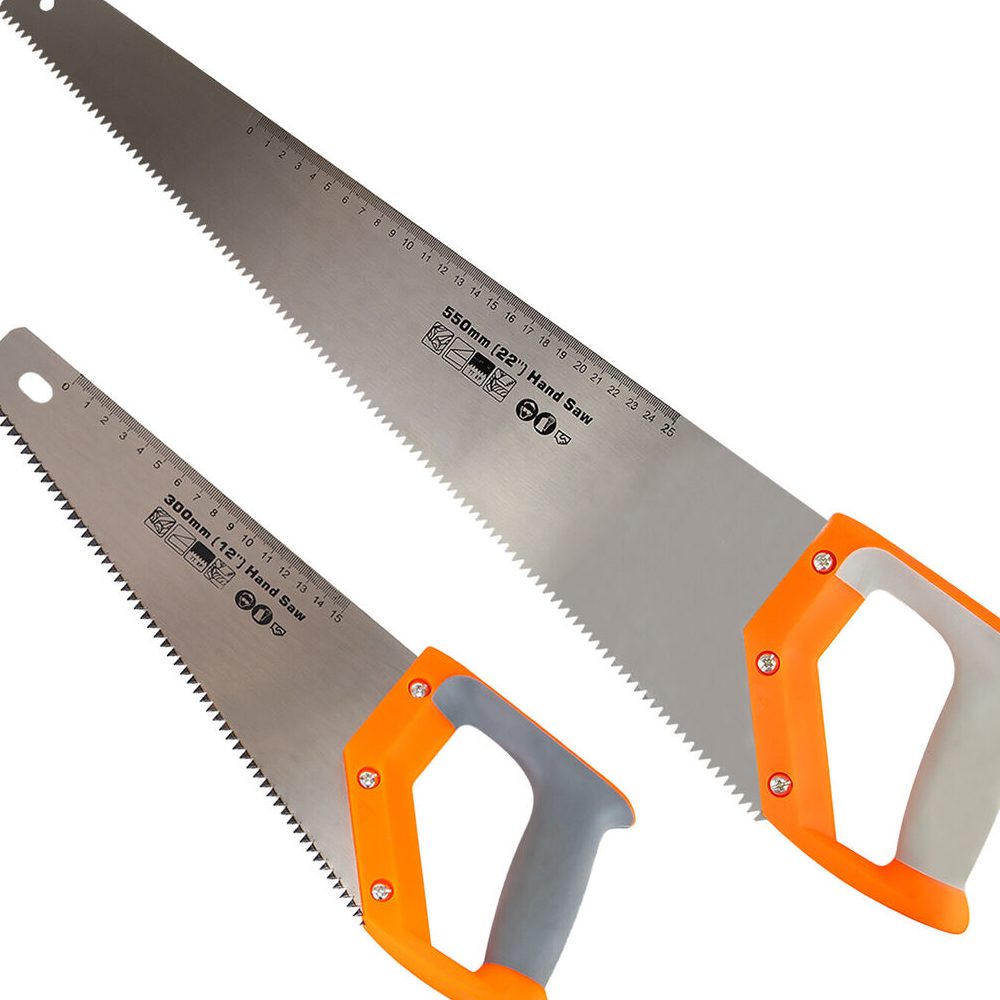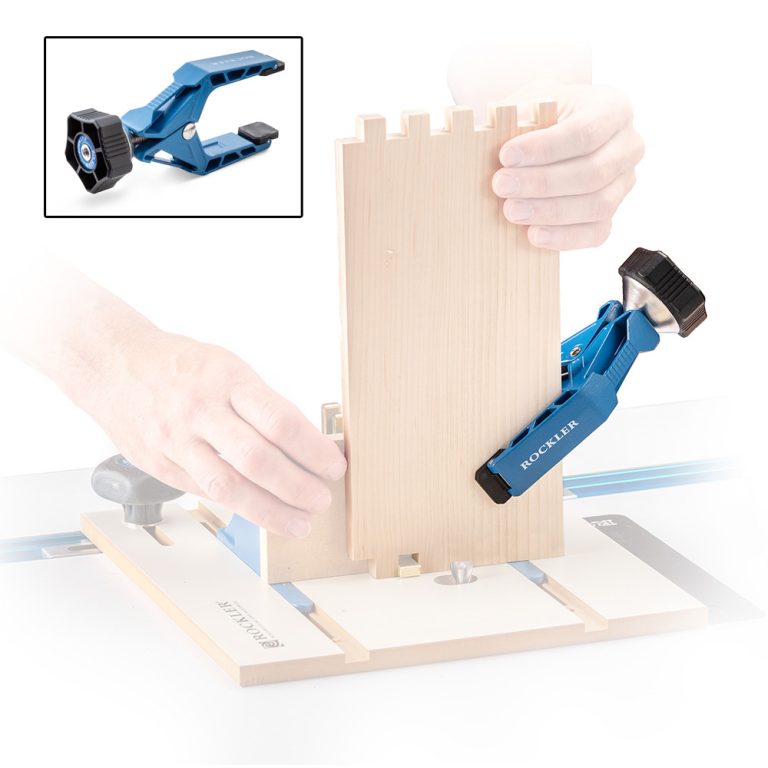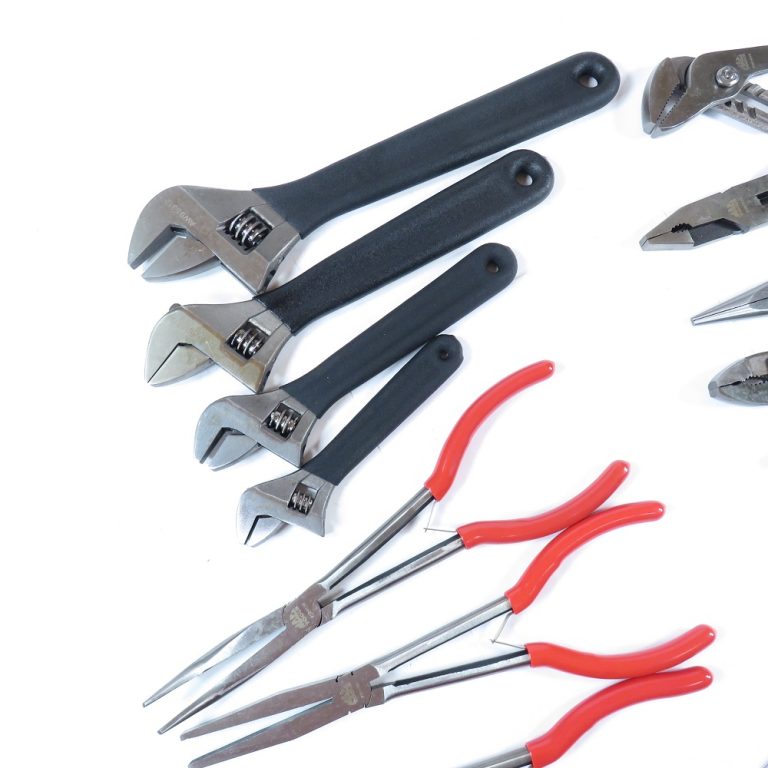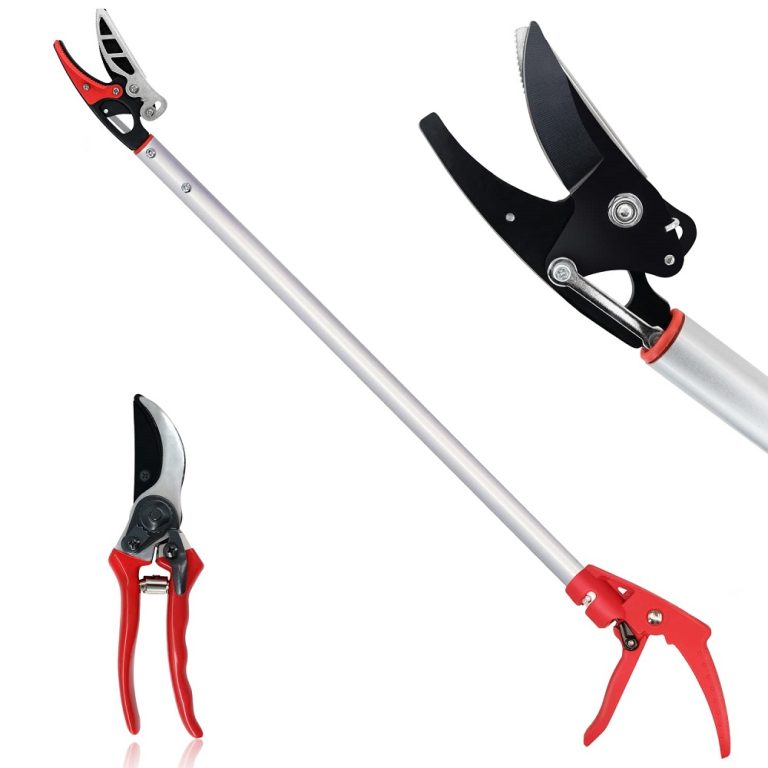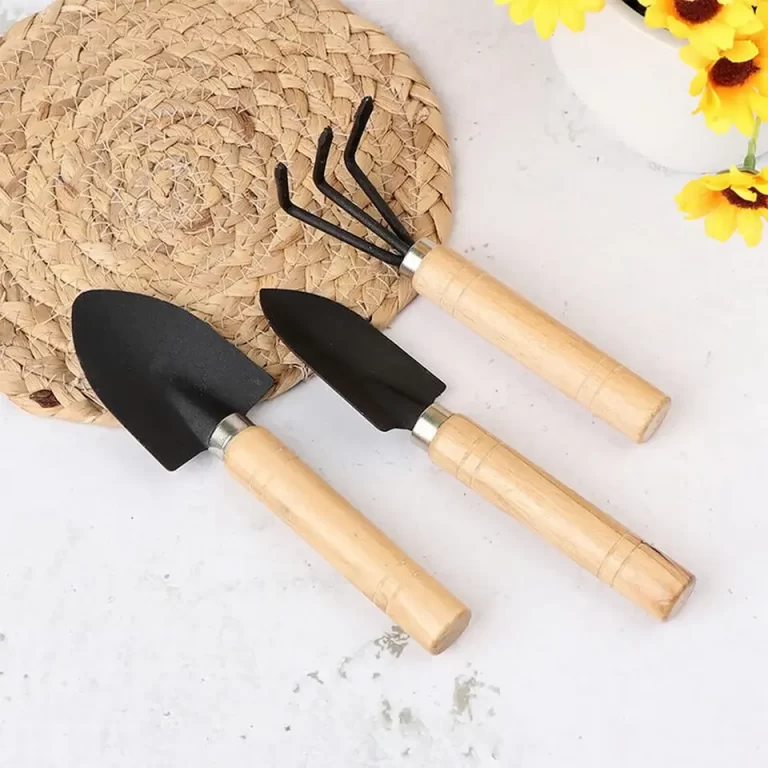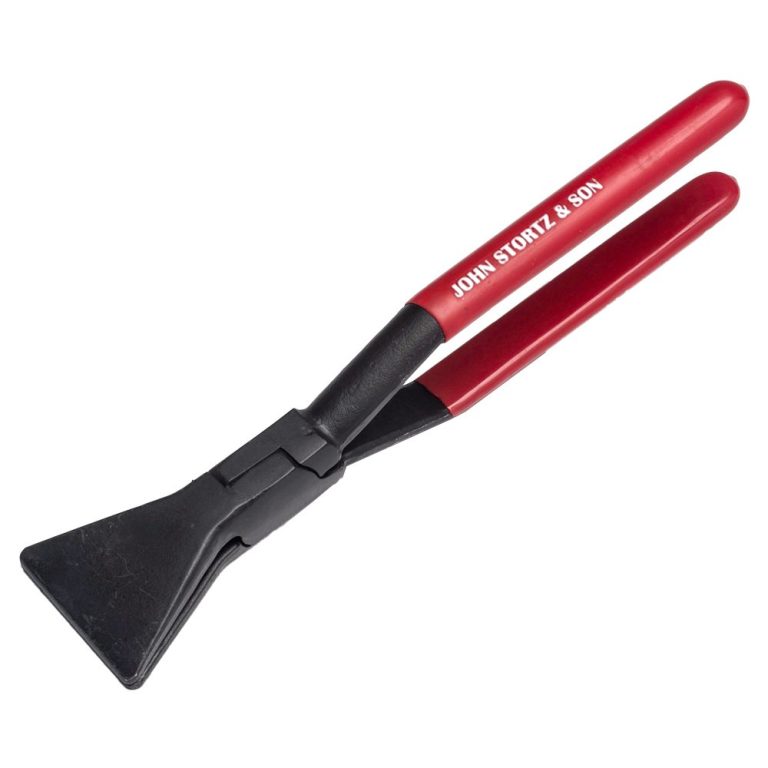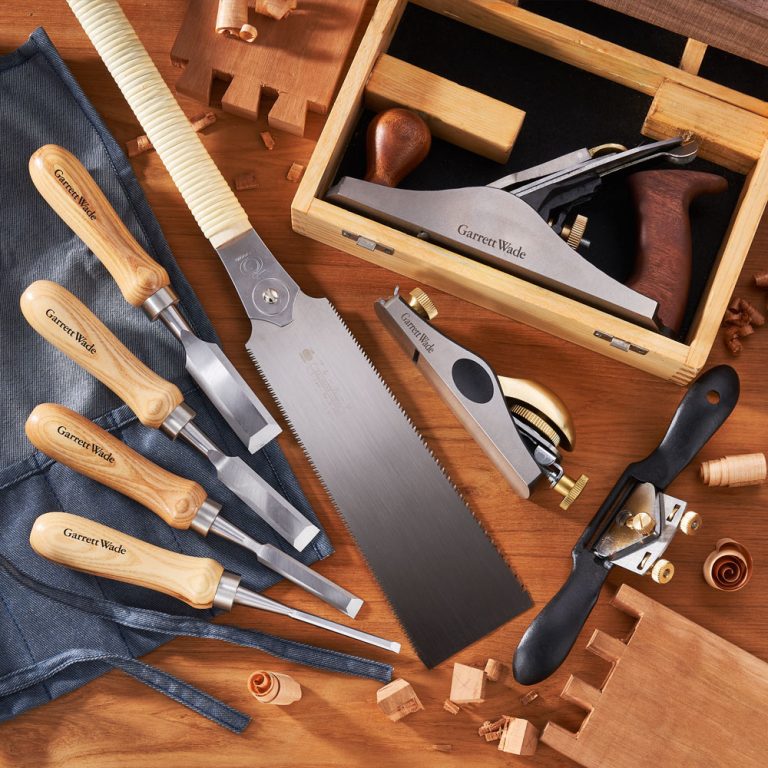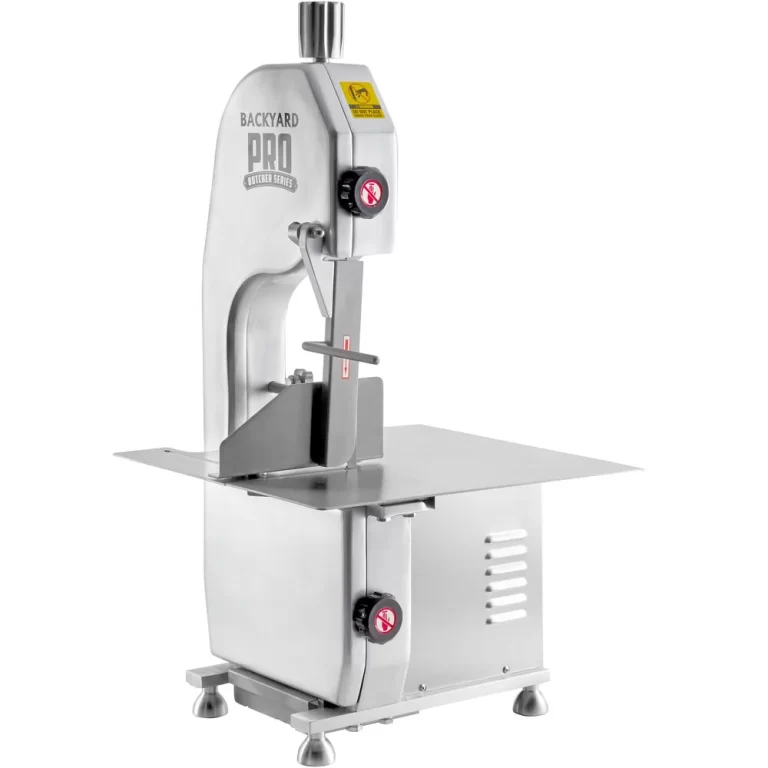Introduction to Hand Saw Basics
When starting out in woodworking, knowing your hand saws for wood is key. Different saws serve different purposes and bring precision to your projects.
Types of Hand Saws and Their Uses
Hand saws for wood come in many shapes and sizes. Each one fits a particular task. Familiarize yourself with a few common types below:
- Ripping Saws: These saws have fewer, but larger teeth. They are great for cutting along the wood grain.
- Crosscut Saws: They feature more teeth that are smaller. They cut across the wood grain and make cleaner cuts.
- Western Push Saws: With these, you push to cut. They have thicker blades to resist bending and tearing.
- Japanese Pull Saws: They cut on the pull stroke. These saws have thinner blades for precise, effortless cuts.
- Backsaws: Recognized by their stiffened rib, backsaws offer accuracy for joinery tasks.
- Panel Saws: Often used for long cuts due to their long, flexible blades.
Each saw excels in specific situations, and knowing when to use which saw will enhance the quality of your work.
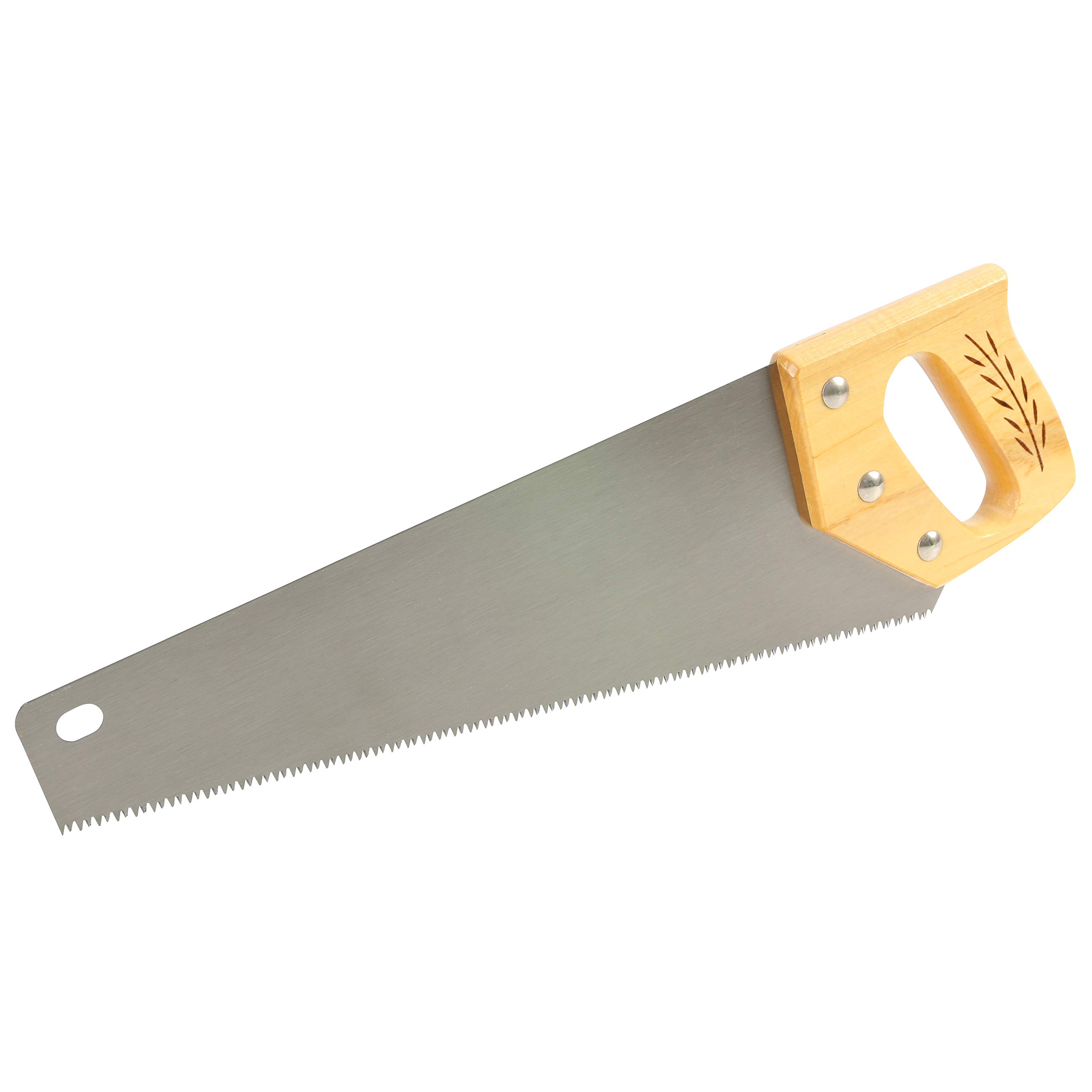
Ripping Saws vs Crosscut Saws
When choosing a hand saw for wood projects, it’s essential to understand the distinction between ripping saws and crosscut saws. Ripping saws are designed to cut along the grain of the wood. They have fewer, larger teeth that allow for an aggressive cut geared towards speed. On the other hand, crosscut saws are intended for cutting across the wood grain. These saws possess more teeth that are finer, helping to make smoother and cleaner cuts.
Understanding the Tooth Geometry
Tooth geometry is a critical aspect when selecting a hand saw. The teeth per inch (TPI) and the size of the teeth affect the sawing experience. Generally, a high TPI with smaller teeth ensures smoother cuts but requires more time. Conversely, a lower TPI with bigger teeth allows for faster cuts with less smoothness. The size of the gullets, the spaces between the teeth, also influence how much sawdust is removed with each stroke. Recognizing the right tooth geometry for your project will lead to better accuracy and reduced effort during cutting.
Western Saws vs Japanese Saws
When exploring hand saws for wood, it’s important to compare Western and Japanese styles.
Comparing Push and Pull Cutting Techniques
Western saws cut on the push stroke, while Japanese saws on the pull. Push saws need a thicker blade to resist bending. Japanese saws have thinner blades for more precise cuts. Each type has its own advantages. Choose based on your preference and the task at hand. Western saws may create tear-out on the side facing away, which helps visibility. Japanese saws, though requiring sawdust removal, often result in smoother finishes. The choice between these saws can impact the ease and quality of your cuts.
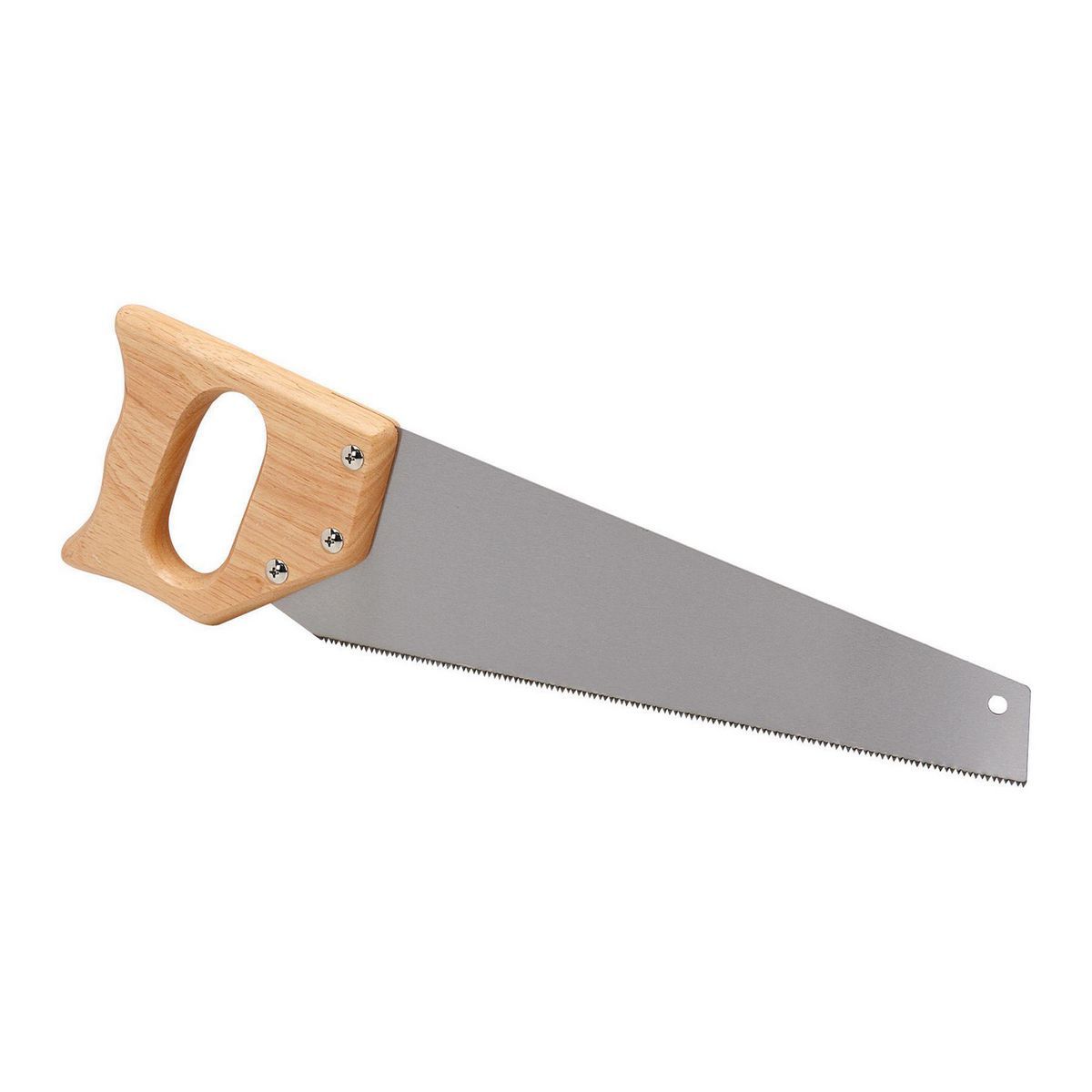
Backsaws vs Panel Saws
When considering hand saws for wood projects, the choice often comes down to backsaws versus panel saws. Each type serves its own unique needs and brings a level of precision that can greatly enhance your woodworking.
The Significance of a Reinforced Top Edge
Backsaws are known for their distinctive stiffened rib, or spine, on the top edge of the blade. This reinforced top edge is critical as it keeps the blade rigid and stable during cutting. The rigidity provided by this stiffened rib allows for better control and accuracy, which are essential for delicate joinery tasks such as cutting tenons and dovetails.
In contrast, panel saws, or regular hand saws, are equipped with longer, more flexible blades that lack the reinforced rib seen in backsaws. This flexibility makes panel saws ideal for making longer cuts in wood, suiting them well for tasks like dimensional lumber sizing and general cutting operations where the cut’s depth isn’t limited.
The reinforced edge of the backsaw does mean a limitation in cutting depth, but this is a trade-off for the precision it offers. For woodworkers who prioritize accuracy and detail in their joinery, a backsaw is an indispensable tool. Conversely, for those who require long and swift cuts, the panel saw stands out.
Understanding the function of these saws—backsaws with their precision for joinery, and panel saws with their adaptability for longer cuts—can guide beginners to make informed choices and help skilled woodworkers expand their toolkit appropriately.
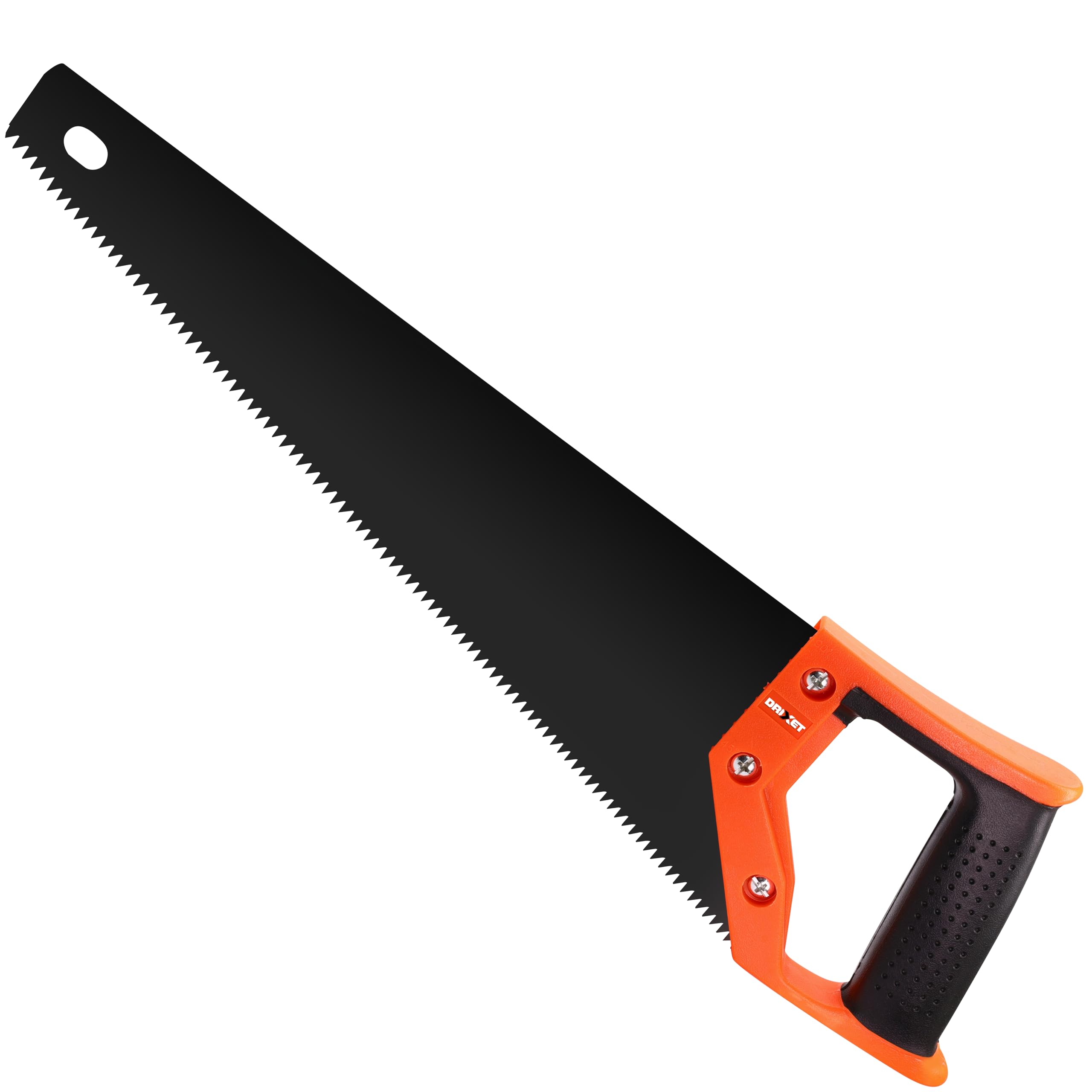
Specialty Saws for Detailed Work
Working on wood entails intricate cuts sometimes. Special saws aid with this. They allow woodworkers to achieve impeccable detail in their work. These specialty saws include dovetail and tenoning saws, and flush trim saws. Each one caters to specific detailed tasks.
Dovetail and Tenoning Saws
Dovetail and tenoning saws are precise tools. They are designed for joinery. Dovetail saws have fine teeth and are ideal for delicate cuts in wood. Tenoning saws are similar. But they are used for cutting along the grain, such as in tenon cheeks.
Flush Trim Saws for Clean Edges
Flush trim saws come with a thin, flexible blade. They allow for cutting without damaging adjacent surfaces. These saws are perfect for trim work. They cut plugs and dowels flush with a wooden surface. This results in a clean, smooth finish. Use them for a polished look on your projects.
Coping Saws and Fret Saws
Coping saws and fret saws are vital for intricate work. They both have thin, replaceable blades held tight in a frame. The frames are usually U-shaped.
Choosing Saws for Curves and Complex Shapes
Coping saws are ideal for cutting curves and complex shapes. With a coping saw, you can turn the blade as you cut. This makes it easy to follow any shape or curve. Fret saws have deeper frames than coping saws. They allow you to cut further from the edge of the board. Use fret saws for more elaborate and detailed patterns. Both types of saws can use blades with various TPI. Match the TPI to your material and the detail of your cut. When working on delicate tasks like cutting dovetail joints, coping saws stand out. For more intricate work like marquetry, fret saws are the better choice.
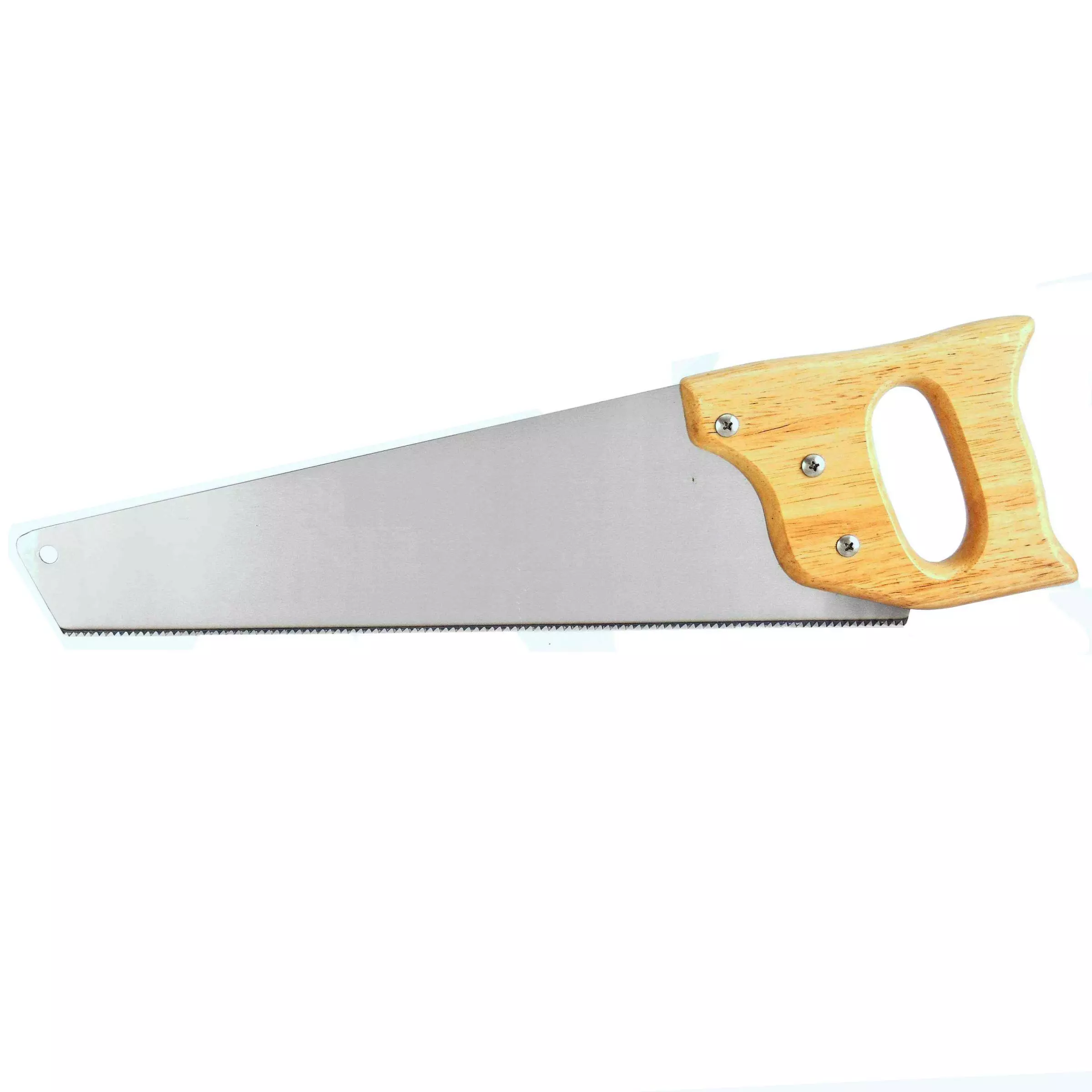
Bow Saws and Bucksaws
When it comes to large woodcuts, choosing the right saw is crucial. Bow saws and bucksaws are designed for this purpose. They handle rough cuts and cutting logs efficiently. With their long, tensioned blades and robust frame, these saws make quick work of bigger tasks.
Ideal Saws for Rough Cuts and Logs
For any woodworker, dealing with logs or making rough cuts can be challenging. However, bow saws and bucksaws simplify this process. They are ideal for:
- Sawing logs: Their strong frame allows for cutting through thick wood without bending.
- Making rough cuts: If you need to size down lumber quickly, these saws are perfect.
- Resawing boards: They can cut larger pieces of wood into smaller, manageable sizes.
Their design includes a wide, open frame that holds the blade. This structure provides space for longer cuts. The blade is easily replaceable, so you can switch between different types for various materials. Whether you need to saw through a log or trim down large lumber, these saws have the strength and reach you need. For rough cuts and log work, a bow saw or bucksaw is a woodworker’s best ally.
Recommended Hand Saws for Beginners
Choosing the right hand saw is crucial for any beginner woodworker. The vast selection can be daunting, but there are versatile saws that are perfect for starting your toolkit. Understanding which saws offer the most utility can help you make informed decisions without overspending on unnecessary tools.
Versatile Saws to Start Your Collection
When you’re new to woodworking, it’s wise to go for saws that can handle a variety of tasks. Here are some recommended saws for beginners:
- Japanese Ryoba Saws: These pull saws have two edges – one for ripping and one for crosscutting. They make clean cuts and are easy to control.
- Crosscut Hand Saws: Start with a crosscut saw if you prefer Western-style push saws. They’re meant for cutting across the wood grain.
- Backsaws: These saws come with a reinforced edge for more precise cuts. They’re great for making joints and other detailed cuts.
- Panel Saws: These are ideal for longer cuts on big pieces of wood.
- Coping Saws: A coping saw is handy for curved and intricate cuts, perfect for detailed patterns.
For most beginners, a versatile saw like a Japanese Ryoba will be the most cost-effective and easy-to-use option. It can tackle both straight and intricate cuts. Add a panel saw for large pieces and a coping saw for detail, and you’ll be well-equipped to start most basic projects.

Advanced Hand Saws for Skilled Woodworkers
As your skills grow, you’ll need advanced hand saws. These tools must match the complexity of your projects.
Precision Tools for Specialist Projects
Skilled woodworkers know that precision is vital. For intricate work, specialist saws are crucial. Dovetail saws ensure tight joinery. Carcass saws cut fine furniture parts. Gentleman’s saws offer control for delicate work. These saws have fine teeth and balanced tension. Their handles fit comfortably, giving great control.
Choose the right tool for the job. Match saw teeth to the wood’s grain and hardness. Consider a saw’s balance and grip. This leads to precise cuts and less fatigue. Keep your blades sharp. A dull saw makes rough cuts and is hard to handle.
Master the push or pull stroke. Learn the best way to start a cut. Practice your angle and pressure. Soon, you’ll make clean, crisp cuts with confidence.
Use these advanced tools to craft fine joinery. Create pieces that stand out with their beauty and precision. Fine woodworking is all about detail and control. The right hand saws can elevate your work to the next level.
Tips for Mastering Hand Saw Techniques
Mastering hand saws for wood techniques boosts efficiency and work quality. Here’s how to enhance your skills.
Enhancing Your Skills for Better Results
Start with sharp saws. A blunt blade slows you down and strains your hands. Learn about proper grip. It affects control and fatigue. Practice makes perfect. Cut scraps before your project to gain confidence. Support your wood firmly. Less movement equals cleaner cuts. Monitor your saw angle. It impacts the cut’s smoothness. Maintain steady pressure. A consistent stroke provides uniform cuts. Clear sawdust often to maintain your line of sight. Measure twice, cut once. Accurate marking leads to less waste. Don’t rush. Speed comes with experience. As you learn, go slow and steady. Always wear safety gear. Goggles and gloves protect against accidents. Keep learning new techniques. Woodworking evolves, and so should your skills.
